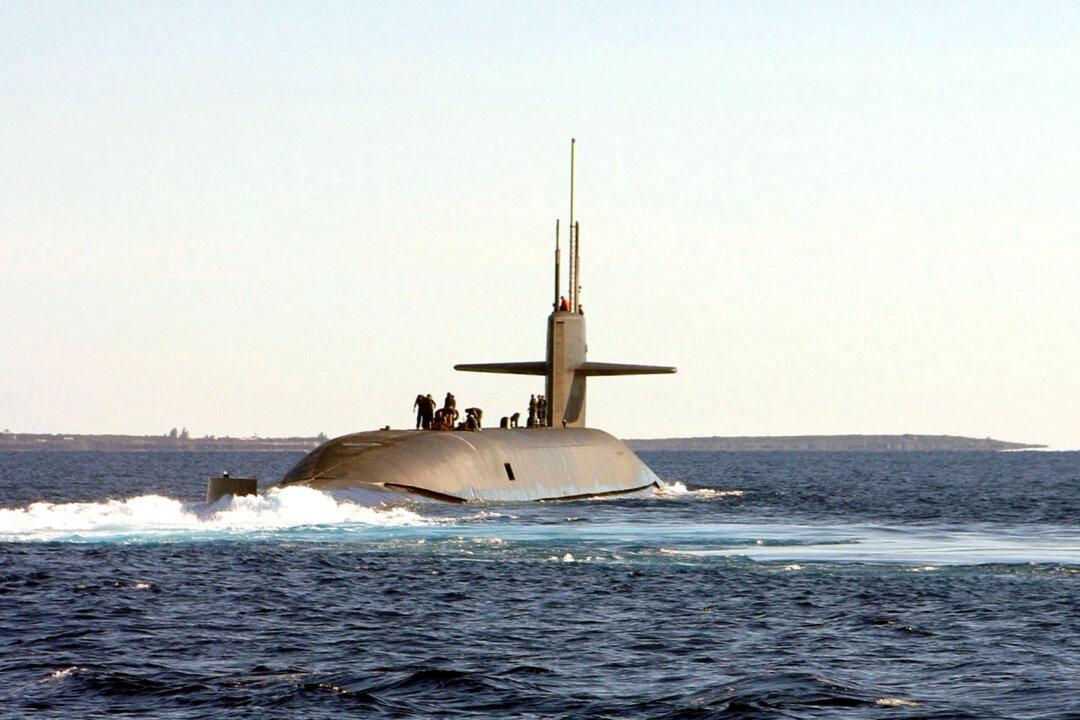A new type of low-yield nuclear missile has been added to the U.S. military’s undersea arsenal, the Department of Defense has confirmed, with reports suggesting the weapons pack much less power than the Hiroshima bomb.
These so-called tactical nukes aim to negate similar Russian warheads, which are designed not to level cities but for use on the battlefield.





